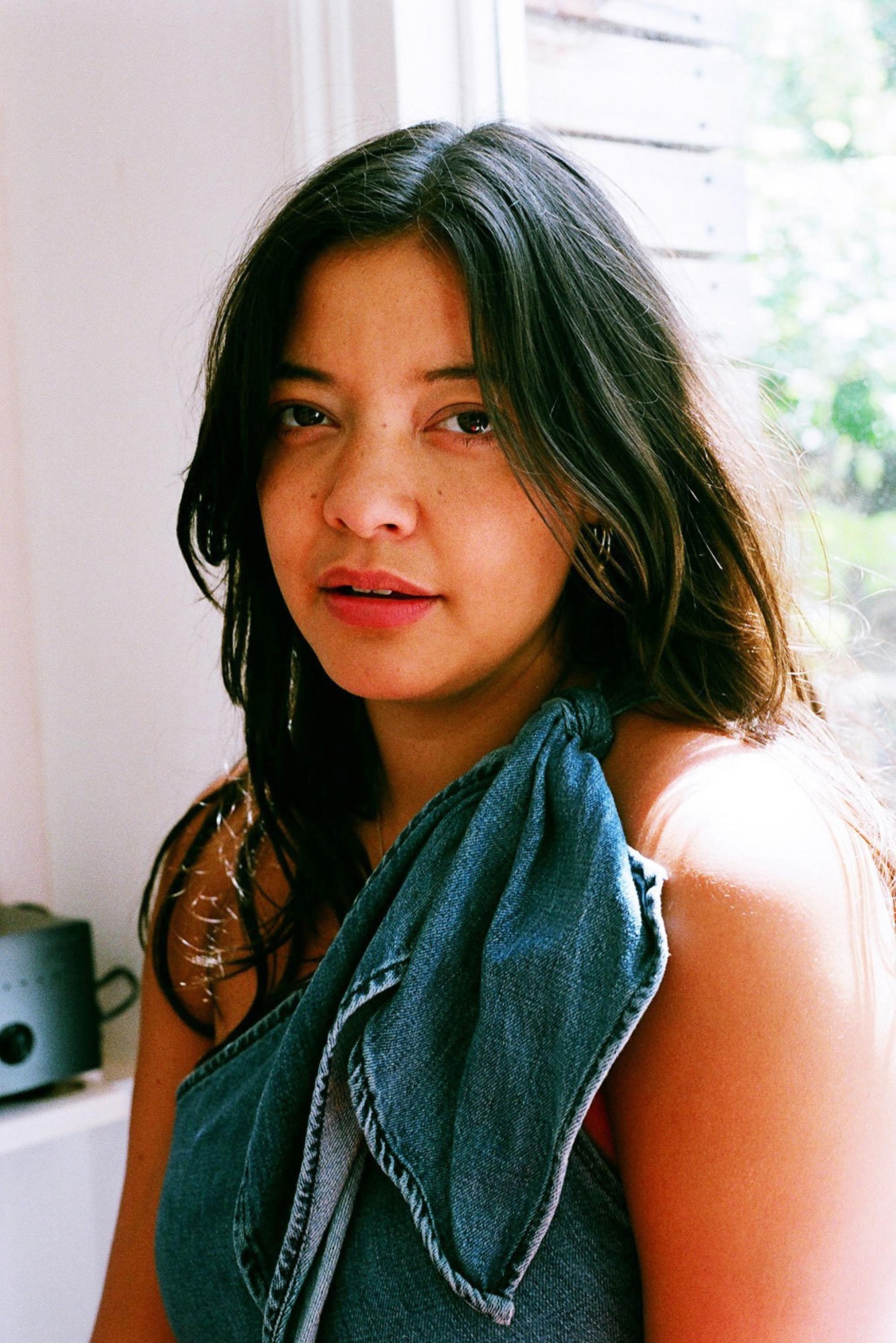‘Standard size’ models (that’s size 4-6) are being told they are “too fat” for the fashion industry and are being asked to lose weight when there’s none left to lose — as Charli Howard says, “I cannot miraculously shave my hip bones down.” In comparison, the world of ‘plus size’ modeling looks like a utopia of acceptance, body confidence and a celebration of the natural forms of beautiful women. However, the revelation from size 16 model Naomi Shimada that ‘plus size’ models are routinely expected to buy body padding or fat suits to bring to shoots exposes a worrying trend in the curve division.
“When I moved to New York,” Shimada tells the Guardian, “the first thing the agency asked me to do was buy a set of padding. Hip pads, butt pads, stomach pads, foam mammary glands basically. It turns out that most plus models have a set. Every job you go on, they ask you to bring it to work. I’ve even heard of some girls having full fat suits. They’re to make you look more in proportion, or bigger, or just to make you look the particular kind of plus they need you to be that day”.
Of course, being expected to buy and wear fat suits and padding to add a few inches to your body is nowhere near as damaging as being told to starve your already size 4 frame in order to lose inches. Never the less, it is still a body-shaming practice and sends the same message: your natural body is not ok.
Though this fact is not well-known, size 16-18 model Marquita Pring, who walked for Jean Paul Gaultier Couture in 2011, told WWD a similar story that year, explaining that clients hiring ‘plus’ models have various body demands. “Some people like you much smaller, size 12, size 14. Some people would prefer a 16 or 18,” she says, explaining, “So for me, I’m right in the middle at a sort of small 18, high 16. So I pad sometimes since I’ve got clients who would prefer a solid 18 or 20.”
“I don’t know if we should reveal this secret!,” Pring said at the time, describing it as, “a little bit of model magic”. When the journalist suggests that it’s like football pads for your hips, she says, “Yeah, to make you seem all around wider. I mean, from the side you look kind of weird — and it feels weird. Like every now and then my arm gets caught on it and I’m like, wait, this isn’t me. But it’s better for me because I can still be healthy and work out and have the body I want.” But not a body the industry wants, apparently.
It’s certainly healthier than being told to lose impossible inches — or, if we’re speaking plainly, to starve yourself — but is it really a healthy attitude to have to a woman’s body? The use of pads to make a model curvier mirrors the use of photoshop to make ‘standard’ models thinner. It manipulates the body to create an unachievable ‘ideal’ shape that is promoted as an aspirational image to consumers, undermining the body confidence of women all around the world.
A more worrying thread of this ‘ideal plus’ trend is found in stories from models who are told to gain weight in order to work. A month ago, size 12 model Leah Kelley revealed that she was told to either lose or gain weight in order to get work. “I knew losing weight was not an option for my body shape,” Kelley told People, “But if I gained weight, I was told I could travel the world — and I did,” she adds, listing top brands and magazines she worked for at that time. “I discovered penne alla vodka and I would eat that almost every single day,” she explains, “Then I would end every single night with a Häagen-Dazs quart to myself”. As well as avoiding exercise, Kelley did this until she weighed 200lbs and fit a size 20.
Such a consistently unhealthy lifestyle inevitably took its toll. “I wanted to not be winded when I went up the subway stairs and feel like I was going to pass out. Even sitting up was hard,” she explains, saying, “I didn’t want to sacrifice my health anymore for the chance to travel the world and make money”.
Presented with anecdotes such as this, we must ask ourselves why the fashion industry is forcing models to make unhealthy lifestyle choices to fit into a handful of ‘ideal’ shapes and sizes that only a very small number of women naturally are?
The growth of the ‘plus size’ industry is clearly a welcome addition to the very narrowly-defined ‘ideal’ sought in ‘standard size’ divisions, but we must be wary not to blindly cheer the sector on as a champion of body confidence when, in reality, many of its practices are profoundly damaging for both the models and customers who find themselves presented with yet another unrealistic ‘ideal’ to measure themselves against. A healthy, ethical modeling industry is one that accepts a diverse range of uniquely beautiful women, and that encourages and facilitates the maintenance of a happy lifestyle that suits them, at any size. Only when the industry takes the health of all models seriously can it be said to truly celebrate women.
Credits
Text Charlotte Gush
Photography Grace Pickering
